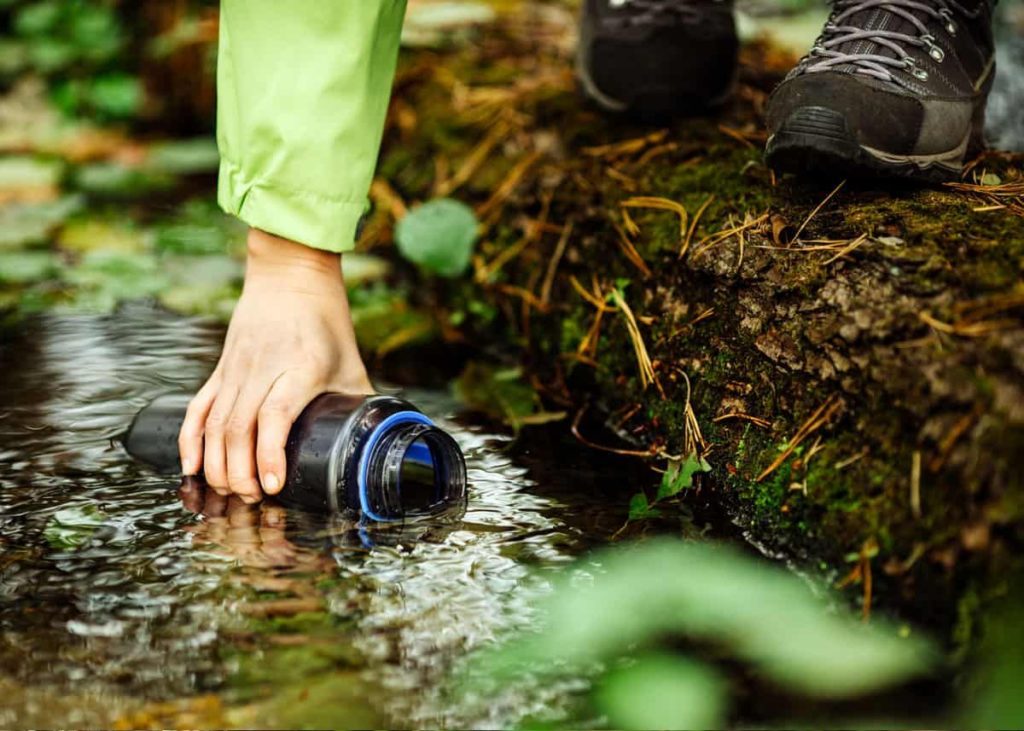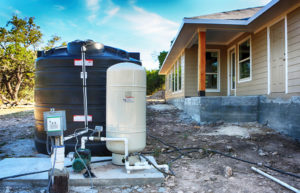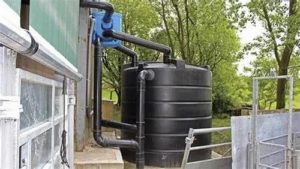Welcome to our comprehensive guide on filtering and purifying creek water.
If you’re looking for a reliable source of clean drinking water, look no further!
Our step-by-step approach will walk you through the process of filtering and purifying creek water, ensuring that your drinking water is safe and healthy.
From identifying contaminants to selecting the right filtration system, we’ve got you covered.
Whether you’re a seasoned adventurer or a concerned homeowner, this guide will provide you with the practical information you need to take control of your water quality.
Let’s dive in and start purifying that creek water!
Use a pre-filter
Before filtering the creek water, use a pre-filter to remove any large debris or sediment that could clog the filter.
Before you filter the creek water, use a pre-filter to remove any large debris or sediment that could potentially clog the filter.
A pre-filter can be as simple as a fine mesh screen or a more elaborate device like a sediment filter bag.
This step is important as it ensures that only the purest water reaches the filter, preventing any blockages or damage to the filter.
By removing large debris and sediment, you also avoid any unwanted contaminants from entering your water filter.
A pre-filter can increase the lifespan of your water filter, allowing you to enjoy clean and safe drinking water for longer.
Overall, taking this preliminary step can significantly improve the efficiency and effectiveness of your creek water filtration system.
Use a ceramic filter
Ceramic filters are effective at removing bacteria, viruses, and other contaminants from water.
Ceramic filters are a highly effective method for removing a wide range of contaminants from water, including bacteria, viruses, and other microorganisms.
These filters utilize a combination of nanoscale pores and electrostatic forces to capture and remove these harmful substances, resulting in clean and safe drinking water.
The pores in the ceramic filter are so small that they can trap even the smallest of bacteria and viruses, ensuring that all harmful substances are effectively removed.
The electrostatic forces within the filter attract and hold onto charged particles, such as bacteria and viruses, further enhancing its effectiveness.
As a result, ceramic filters are an excellent solution for those looking to purify their drinking water, providing a reliable and effective method for removing bacteria, viruses, and other contaminants.
Use activated carbon
Activated carbon can remove chlorine, chemicals, and other impurities from the water.
Activated carbon is a highly effective water filtration medium that can remove chlorine, chemicals, and other impurities from the water.
When activated carbon is added to water, it adsorbs (a process where particles stick to the surface of the carbon) these impurities, neutralizing them and improving the overall quality of the water.
This means that activated carbon can effectively remove chlorine, which can be harsh on the skin and respiratory system, as well as a host of other chemicals and impurities that can be harmful to human health.
Activated carbon can remove unpleasant tastes and odors from the water, making it a popular choice for those looking to improve their drinking water.
Overall, activated carbon is a simple and effective way to purify water and make it safe for consumption.
Use a UV filter
A UV filter can remove bacteria and other microorganisms from the water.
A UV filter is a highly effective solution for removing bacteria and other microorganisms from water.
When water passes through the UV filter, the ultraviolet light emitted by the filter disrupts the DNA of these microorganisms, rendering them unable to replicate or cause illness.
This means that the UV filter can effectively kill or inactivate a wide range of bacteria, viruses, and other pathogens that can be present in water, including E.
Coli, Salmonella, and Campylobacter.
In fact, studies have shown that UV filtration can reduce the concentration of bacteria in water by up to 99.9%, providing a safe and reliable method for purifying water.
UV filters are easy to maintain and can be used in a variety of settings, making them a versatile and effective solution for water purification.
Use a sediment filter
A sediment filter can remove any remaining sediment or debris from the water.
A sediment filter is an essential component of any water filtration system, as it can effectively remove any remaining sediment or debris from the water.
This type of filter uses a combination of physical and chemical processes to capture and remove particles as small as 0.01 microns, including sediment, sand, silt, and clay.
The filter consists of a series of membranes with increasingly smaller pores, which trap and retain the sediment and debris, allowing clean water to pass through.
This ensures that the filtered water is free from any impurities, producing a superior and consistent water quality.
Sediment filters can be designed to remove specific contaminants such as chlorine, lead, and other harmful chemicals, providing an added layer of protection for your health and the environment.
By investing in a high-quality sediment filter, you can rest assured that your water is safe to drink and use for various household purposes.
Use a reverse osmosis system
A reverse osmosis system can remove up to 98% of contaminants from the water, including bacteria, viruses, and other impurities.
Reverse osmosis systems are highly effective in removing a wide range of contaminants from water, including bacteria, viruses, and other impurities.
During the filtration process, water is forced through a semipermeable membrane, which acts as a barrier to remove impurities from the water.
The membrane has tiny pores that allow water molecules to pass through, but block larger particles and impurities.
This results in water that is up to 98% purer, with the remaining 2% consisting of naturally occurring minerals and salts.
The system can remove a wide range of contaminants, including bacteria, viruses, and other microorganisms, as well as chemicals such as lead, chlorine, and volatile organic compounds (VOCs).
Reverse osmosis systems can remove dissolved solids, such as salt, iron, and other minerals, to produce water that is cleaner and safer to drink.
Overall, a reverse osmosis system can provide peace of mind for homeowners and businesses looking for a reliable and effective solution to improve their water quality.
Use a distiller
A distiller can remove impurities from the water by boiling the water and then collecting the condensed steam.
As a distiller, you can effectively remove impurities from the water by boiling the water and then collecting the condensed steam.
This process, known as distillation, takes advantage of the fact that water has a higher boiling point than many impurities.
When you boil the water, the impurities are left behind, while the pure water vaporizes and rises into the condenser.
There, it is cooled and condensed back into a liquid, producing a purified water that is free from impurities and contaminants.
By carefully controlling the temperature, pressure, and flow rate of the distillation process, you can ensure that the resulting water is of the highest purity and quality.
This method is widely used in a variety of industries, from producing drinking water to creating high-proof spirits, and is an effective and reliable way to remove impurities from water.
Use a chemical treatment
If the water is contaminated with a specific contaminant, a chemical treatment can be used to remove that contaminant. For example, if the water is contaminated with giardia, a chemical treatment can be used to kill the giardia.
If the water is contaminated with a specific contaminant, such as Giardia, a chemical treatment can be used to effectively remove it.
The most common method of treatment is chlorination, which involves adding chlorine to the water to kill any present Giardia parasites.
The chlorine will penetrate the parasite’s cell membrane, disrupting its ability to reproduce and cause illness.
This treatment is typically effective in killing Giardia within a matter of minutes, making it a quick and reliable solution for contaminated water.
However, it’s important to note that chlorine can have negative effects on human health, so it’s important to use the appropriate amount and follow proper guidelines for usage.
It’s important to test the water regularly to ensure the Giardia has been effectively eliminated and the water is safe for consumption.
Want More? Dive Deeper Here!
Hey there! If you’re the type who loves going down the rabbit hole of information (like we do), you’re in the right spot. We’ve pulled together some cool reads and resources that dive a bit deeper into the stuff we chat about on our site. Whether you’re just killing time or super into the topic, these picks might just be what you’re looking for. Happy reading!






